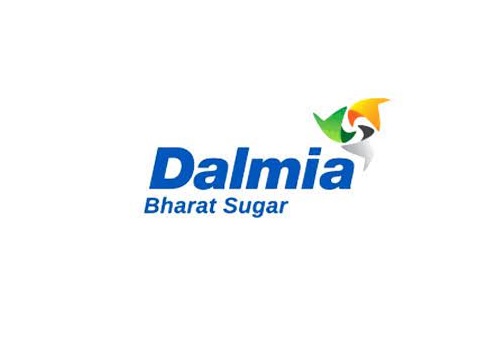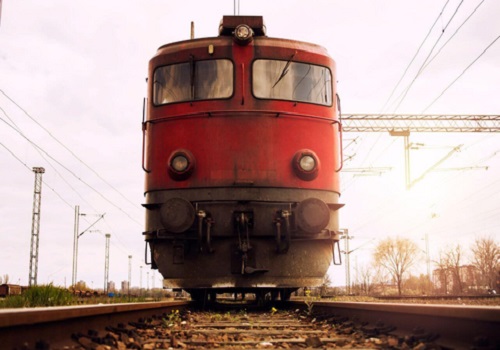Oil and Gas sector Update - Ida: Gas, LNG, oil prices & GRM up, but petrol cracks down By Motilal Oswal

Follow us Now on Telegram ! Get daily 10 - 12 important updates on Business, Finance and Investment. Join our Telegram Channel
India’s Gas sector benefiting from syzygy ahead
* Both India and China have been in the same boat, facing poor availability of domestic natural gas. However, the syzygy of: a) strong policies for reducing pollution, b) rise in pipeline infrastructure, and c) availability of natural gas has resulted in China’s natural gas consumption rocketing (at 20% CAGR) since the start of the 21st century.
* With: a) the National Green Tribunal (NGT) focusing on reducing pollution, b) 90% rise in the length of trunk pipelines over the next few years, as well as c) increased availability of LNG operable capacity (57%) and availability of domestic gas (~30%), we expect the alignments of the stars – the syzygy – to bode well for India’s Gas sector.
* As per our research, GAIL, GUJS, and GUJGA will be the top beneficiaries of the same.
China firmly on its way to raising the share of natural gas in its primary energy mix to 15% by CY30
* At the start of the 21st century, natural gas consumption in India, at 72mmscmd, was marginally higher than that in China (69mmscmd).
* However, rising focus on reducing emissions in both Transportation and Industrial segments, resulted in China’s gas consumption growing to staggering 13x in CY00-20.
* India, battling the twin constraints of poor natural gas availability as well as pipeline infrastructure, saw its gas consumption growing to only 2x in the same period. With a 20% CAGR, China’s gas consumption has risen to ~5.5x that of India, a sorry state for India compared with the marginal lead at the start of the century.
Consumption of natural gas in China: important observations
* In CY99, China launched a clean vehicle initiative under which the focus was on increasing usage of natural gas in the Transportation sector. As a result, the average annual growth rate in gas consumption rose to 15% in CY00-06, before zooming to 26% in CY07 due to the clampdown on polluting industries prior to the Summer Olympics in CY08. Further restrictions in CY17-18 resulted in a 15- 18% YoY growth in gas consumption, despite a higher base. Natural gas consumption in China has grown at 20% CAGR since CY00.
* China launched a pilot program ‘Ten Cities, Ten Thousand Vehicles’ in CY09, aiming to promote new energy vehicles (BEVs, PHEVs, and FCVs). The three-year National Plan of Blue Sky Defense, CY18 mandated 80% of new urban vehicles to be NEVs in key regions by CY20. All urban buses in key regions were to be NEVs by CY20. As a result, 85% of the 588,000 new energy buses in China are BEVs and the rest are PHEVs.
* Leading Chinese CGDs like ENN Energy (2688 HK) and China Gas Holdings (384 HK) witnessed an 11% and 3% CAGR decline in their CNG and LNG sales, respectively, over the past five years. Their commercial and industrial sales grew by 19% and 20% CAGR, respectively.
India rises to the occasion
* India currently has an LNG regasification capacity of ~42.5mmtpa. However, operable capacity is only ~30mmtpa. Operable capacity is expected to rise by ~12mmtpa due to the removal of constraints at existing LNG terminals, ~24mmtpa of capacity additions underway at Dahej, and the greenfield terminals at Chhara, Jafrabad, Dhamra, and Jaigarh over the next few years. Just the KG Basin is expected to result in 45mmscmd of incremental domestic gas (i.e. ~47% of the domestic gas consumption).
* With the completion of major pipelines like Jagdishpur-Haldia, MehsanaBhatinda, Kochi-Bangalore, and the upcoming northeast gas grid, India’s total trunk pipeline network is expected to grow to ~32,600km from 17,126km, increasing the reach of gas to a larger number of consumers.
* We had highlighted in our report that there are 32/28 critically/severely polluted industrial clusters with respect to air pollution. The blanket ban on coal gasifiers had resulted in a doubling of gas consumption in Morbi in CY19. With the easing of the COVID-related lockdowns, stricter actions may be in store for these polluting clusters, thereby encouraging adoption of natural gas.
Transporters to benefit the most
* Our analysis suggests that GAIL is expected to witness at least 5% CAGR in gas transmission volumes over the next five years. The de-risking of US Henry Hub contracts, once the new fertilizer plants are commissioned, also bodes well for the stock. Valuing the company at 10x Sep’23E standalone EPS and adding investments, we reiterate GAIL as our top pick in the largecap oil and gas space.
* GUJS is expected to see at least 8% CAGR in transmission volumes over the next five years. Completion of Mehsana-Bhatinda pipeline would be a key trigger for the same in addition to the growth of CGDs in Gujarat.
* PLNG’s Dahej LNG terminal is expected to see competition from the upcoming LNG terminals of Swan and HPCL. However, firm contracts make us less wary on utilization of the terminal. As Kochi also ramps up, we expect 7% CAGR in regas volumes over FY21-24E, resulting in 6% EBITDA CAGR. We reiterate our Buy rating with a DCF-based TP of INR310. Capital allocation remains the biggest concern in this stock.
GUJGA remains our top pick among CGDs
* Stock prices of GUJGA, IGL, and MAHGL suggest a terminal growth rate of 6.1%/7.2%/4.5%. As highlighted in the case of Chinese CGDs, adoption of natural gas by industries would keep growing, amid the focus on reducing pollution. The low penetration of CNG in GUJGA’s case provides an impetus for volume growth.
* The threat of shrinking EBITDA/scm (report link) as well as from EVs remains the highest for IGL as it serves one of the most polluted cities of the country. We reiterate our Neutral rating on the company with a TP of INR510.
* The threat of a shrinking EBITDA/scm as well as the possibility of low growth remains the leading concern on MAHGL in the absence of significant growth in the Industrial segment. We reiterate our Buy rating with a TP of INR1,315 due to cheaper valuations.
To Read Complete Report & Disclaimer Click Here
For More Motilal Oswal Securities Ltd Disclaimer http://www.motilaloswal.com/MOSLdisclaimer/disclaimer.html SEBI Registration number is INH000000412
Above views are of the author and not of the website kindly read disclaimer










Tag News

Buy Dalmia Bharat Ltd For Target Rs.2,400 - Motilal Oswal Financial Services Ltd





 320-x-100_uti_gold.jpg" alt="Advertisement">
320-x-100_uti_gold.jpg" alt="Advertisement">








